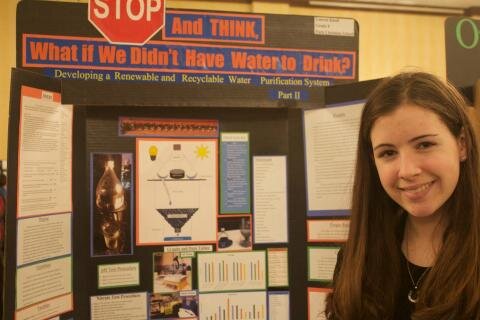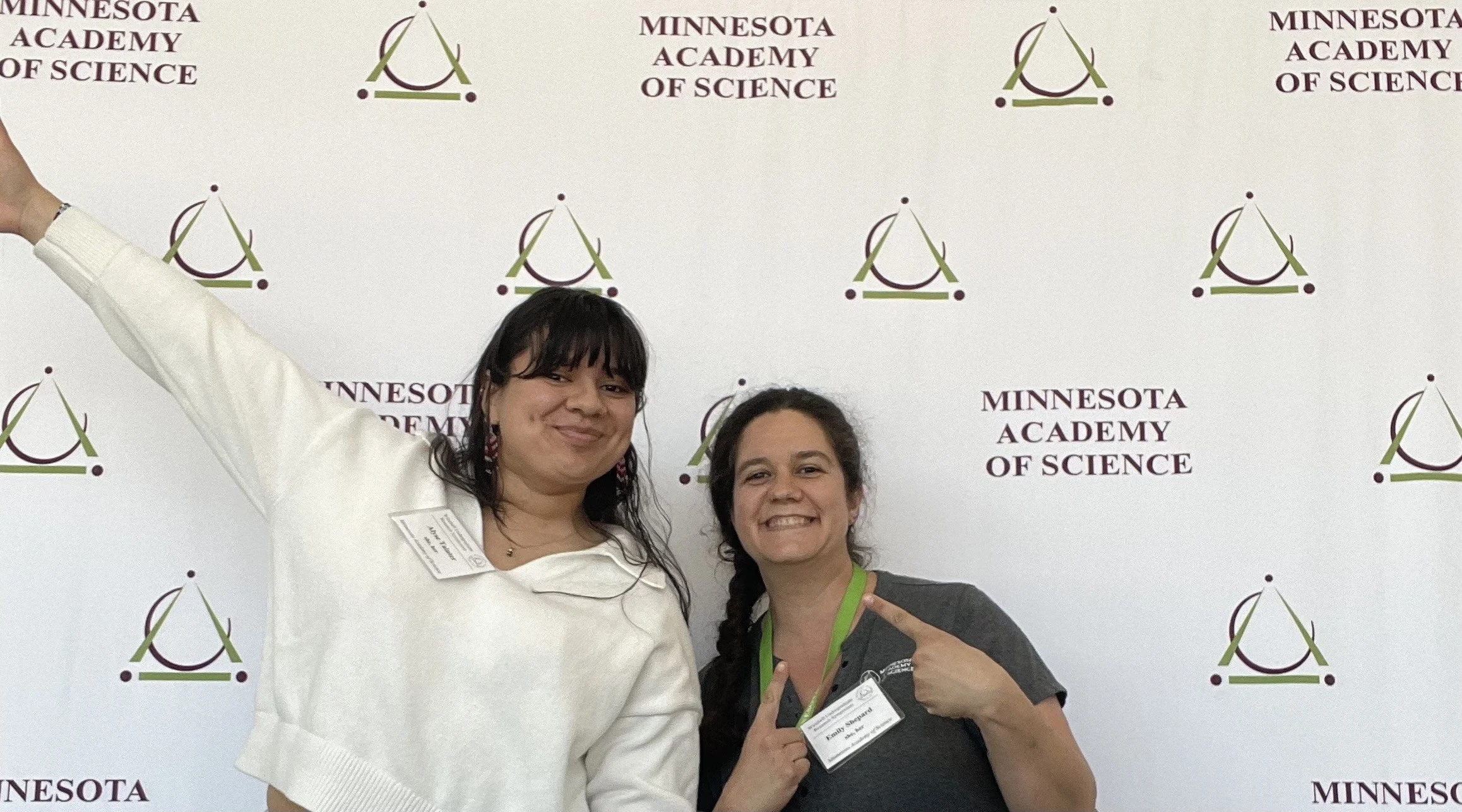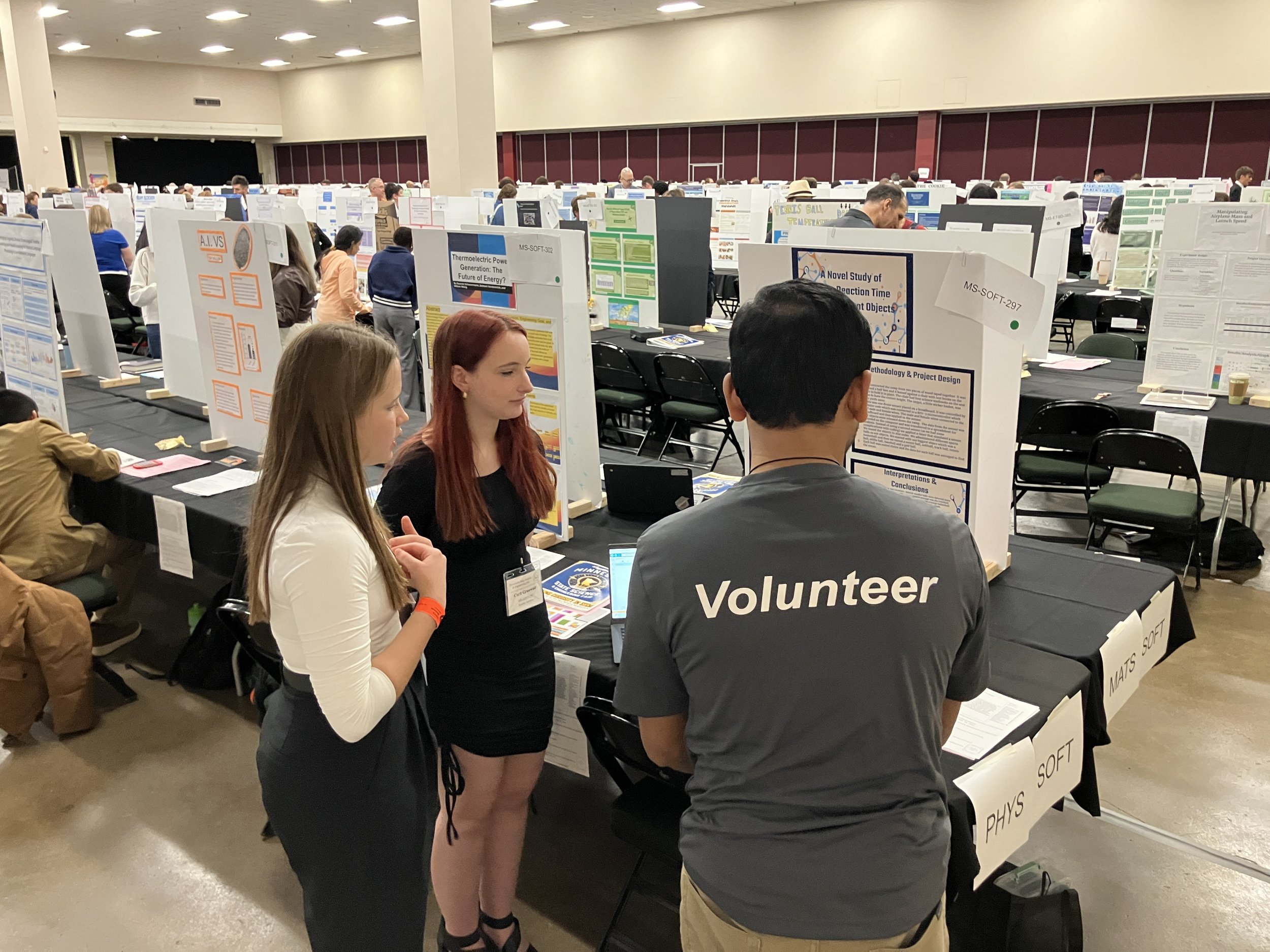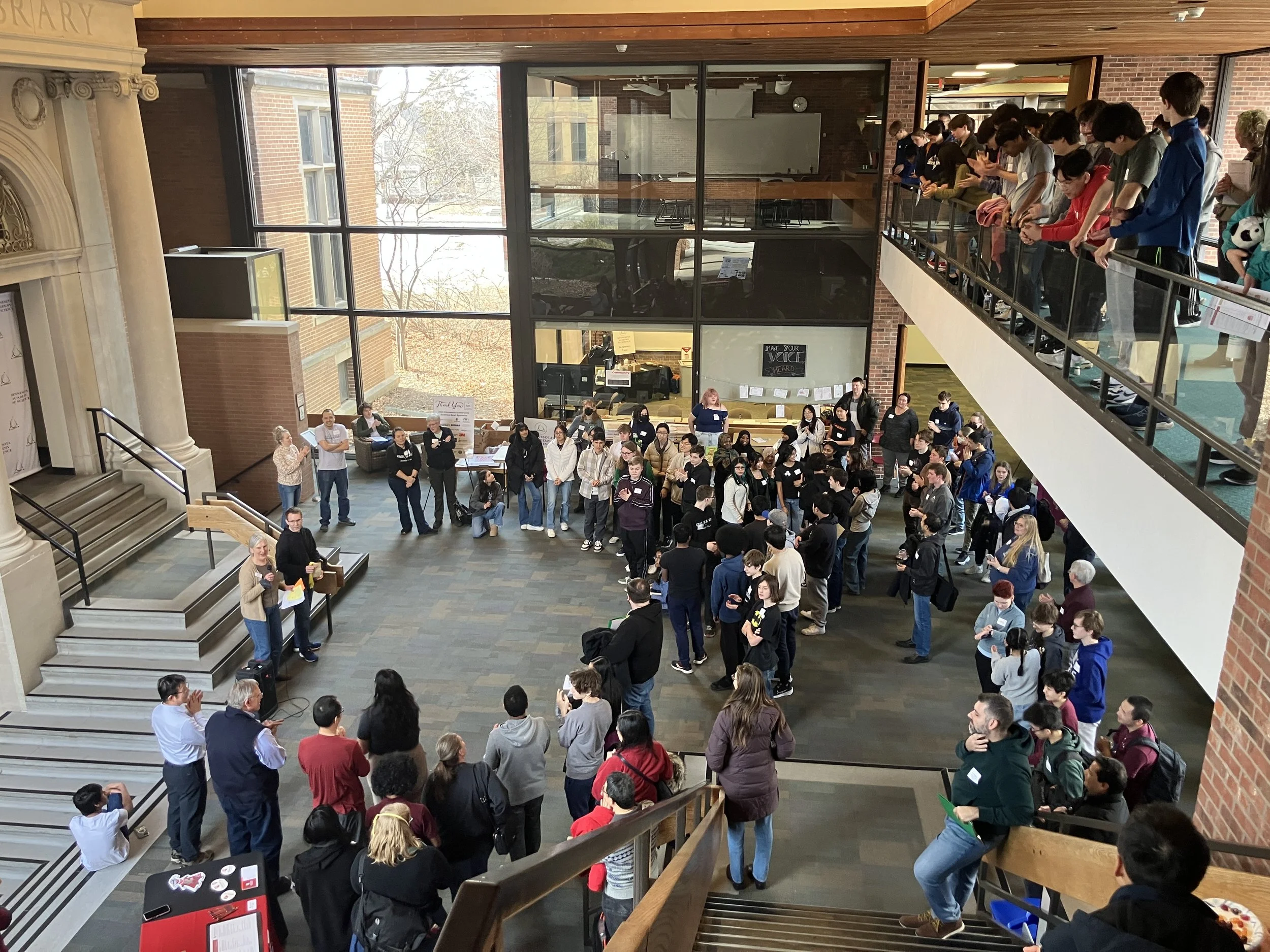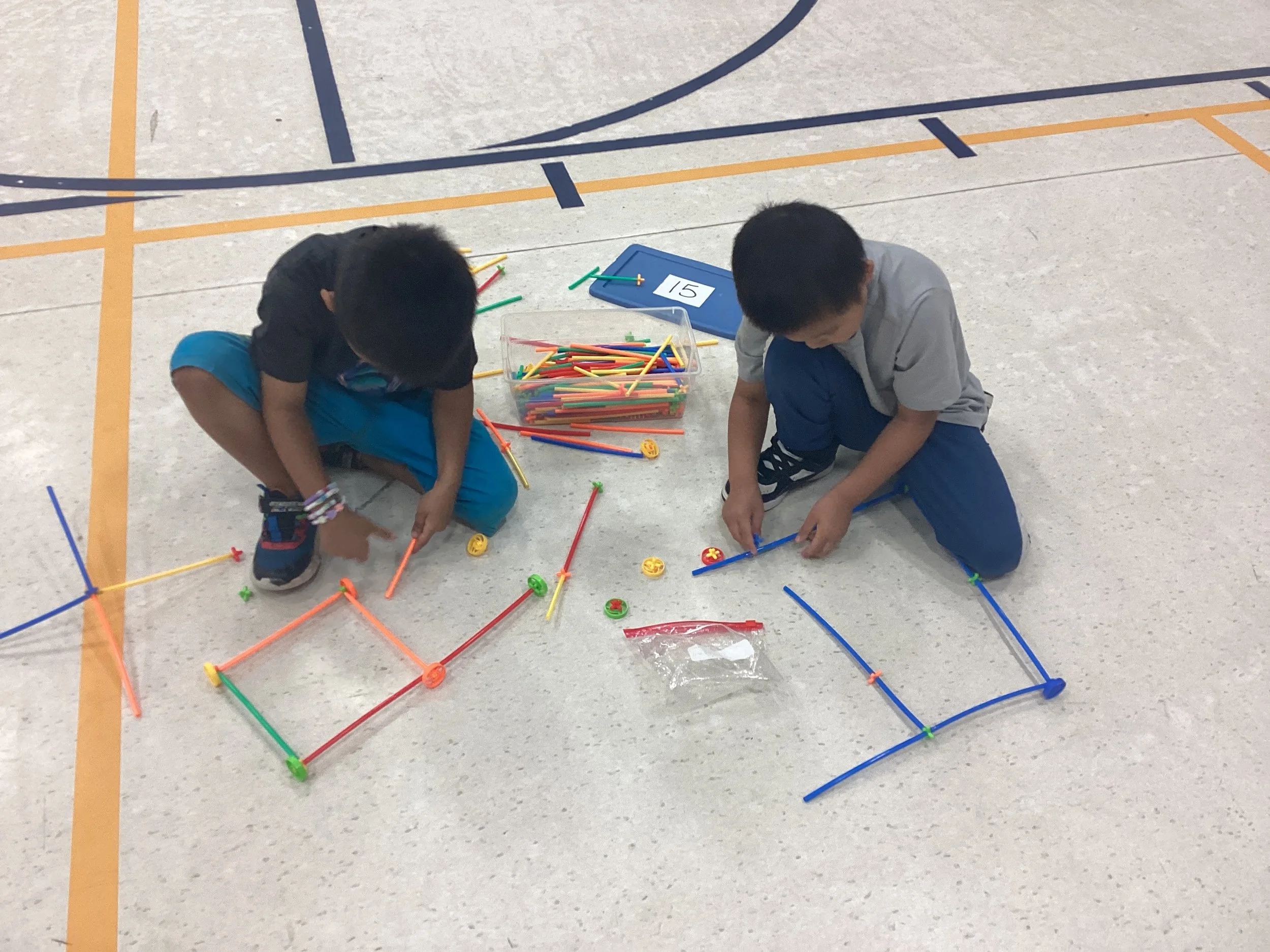The impact of Science & Engineering Fair participation on youth who participate in year-long programs leading up to regional and state exhibitions is a system of creating a theory, testing it, and reporting on results to a wider audience.
All provide critical thinking skills needed for 21st century learning, involving collaboration with an adviser, refining, adjusting, re-testing, and presentation skills both written, oral and display. Here are a few of the hundreds of youth from middle and high school grades, who qualified to compete in the 2016 State Science & Engineering Fair, held in Bloomington, Minnesota, April 3-5, 2016.
Charles Osugo
Salk/Elk River
Charles was motivated by a family history of arthritis to find out what might provide the fastest relief. He compared different aspirin brands in simulated gastric acid, and tested the response rates of older relatives to different medicines, and found through data analysis that uncoated brands worked as much as 20 minutes faster.
Lauren Knoll
Fargo
Lauren learned that competition for a safe, clean and plentiful water supply is considered the #1 global risk, according to the World Economic Forum. Knowing the limitations of solar evaporation and activated carbon filtration systems, she was inspired to develop a renewable and recyclable water purification system that would neutralize the pH level and bring nitrate, phosphate, protein and bacteria levels down to EPA standards within a day. She created a system using recycled plastic bottles and sunlight and tested its results on several water samples from different bodies of water.
Dominic Johnson
Fairfax
Dominic wondered how microplastics were impacting local waters. He gathered tested samples from five bodies of water -- Red Wing, Welch, Hastings, St. Paul and Minneapolis. His hypothesis was that the waters near big cities would contain more pollution from microplastics. He discovered the hypothesis was incorrect, with the Cannon River near the community of Welch containing the most microplastics count in the samples he gathered.
Manashree examined the impact of biochar remediation on acid mine drainage-impacted soil and found that the addition of biochar was able to raise the pH and make the soil more suitable for seed germination and plant growth.
Manashree Padiyath
Woodbury Math & Science
Aaron Botsch
Jackson County
Emily Holzer
Perham
Ethan Srnsky
Thief River Falls
Ellen Gandrud
Prior Lake
Jesse Akaa
Anoka
Ellen Graysmark
Duluth
Daniel Rauenhorst
St. Paul
Emilia Buchanan
Good Thunder
Sarah Uhm
Rochester
Justin Franz
Winona
Samantha Gulden
New Ulm
Rikhil Seshadri
St. Paul



